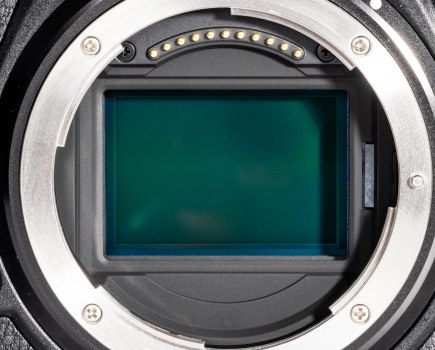Learn what speed ramping is and how you can easily use it to augment your footage in our quick beginner’s guide
Put simply, speed ramping or time remapping is the art of slowing down and speeding up your footage in order to produce dramatic and creative effects.
It’s a technique popularly used in Hollywood, especially notable in the 1999 film The Matrix directed by the Wachowskis and also used to stylish effect in Zack Snyder’s 2006 film 300.
However, you don’t need a multi-million-dollar Hollywood budget to include speed ramping in your own footage. We’ve put together a quick video tutorial to demonstrate how a few quick adjustments in your editing software are all you need to get started – click above to watch.
One thing you will need is a camera capable of shooting at a high frame rate. About 50fps is the lowest our expert recommends you push it, as anything below that is going to look juddery.
Fear not though, as this doesn’t have to be a major investment. The Canon EOS 600D, for instance, is perfectly up to the job, even though it’s four years old now. You can pick one up for between £200 and £300 these days, and if you’re willing to go second hand you can get it even cheaper.
Of course, for the optimal performance you’d want to plump for something like a Canon C100 Mark II, however we’re assuming you don’t have nearly £4,000 lying around to spare on one (if you do then go for it).
Once you’ve got your footage, there are a number of options for how you want to implement the speed ramping effect in post – we outline two of the easiest in the video above.
Once you’ve gotten the hang of your preferred method then you can start to do more creative things and push it further: for instance try duplicating your scene and playing it backwards, or pushing your speed right up to 2,000% for a brief burst of frenetic action.
Good luck! Let us know how you get on.







